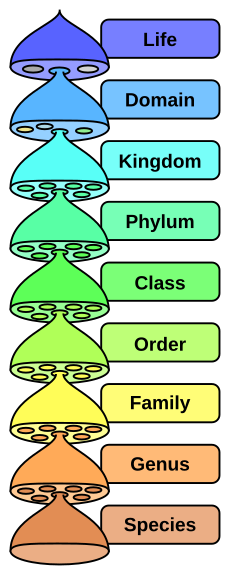
- Image via Wikipedia
Synthetic biology can mean reconstructing organisms, redesigning biology, or recreating life—and each of these uses has different implications.
The J. Craig Venter Institute has successfully synthesized an entire bacterial genome and transplanted it into a different bacterial cell. That cell then reproduced, replicating the synthetic genome in all its progeny. Mycoplasma mycoides JCVI-syn1.0, or “Synthia” as it has become known, is an enormous technical achievement and brings the first chapter of synthetic biology to a close—a chapter in which the tools of genomic synthesis have been developed and proven. But as Venter himself has pointed out, this is not life from scratch. Other than inserting some genomic “watermarks” to sign their creation, Venter’s team closely followed nature’s pre-existing blueprints in designing their genome. The real act of creation is yet to come.
“Synthetic biology” is a catch-all label liberally applied to a host of methods for designing and constructing living things. Given the term’s multiple definitions, one of Synthia’s most immediately useful applications may be to place the achievement it represents within the context of synthetic biology’s various flavors, in order to clarify what the creation of artificial life might actually mean.
Reconstructing an organism
Synthia is a reconstruction of a living thing. Venter and his colleagues wanted to demonstrate that it is possible to synthesize an entire genome indistinguishable in function and identical in every way to its natural counterpart (except for the additional watermarks). By increasing the power and widening the scope of synthesis to encompass an entire genome, Venter and his team may well have enabled a whole host of future discoveries. However, because Synthia is a copy of an existing bacterium, it gives us little clue as to the actual potential for designing organisms in the future. Synthia is primarily a proof of concept. The next challenge is to design every aspect of an organism’s genome by mixing and matching any genes found in nature.
Related articles by Zemanta
- Scientists playing God will save lives | Peter Singer (guardian.co.uk)
- Will synthetic life do more harm than good? (bbc.co.uk)
- We need a real debate about Synthia (telegraph.co.uk)
- Synthetic biology’s promise outweighs its risks (search.japantimes.co.jp)








